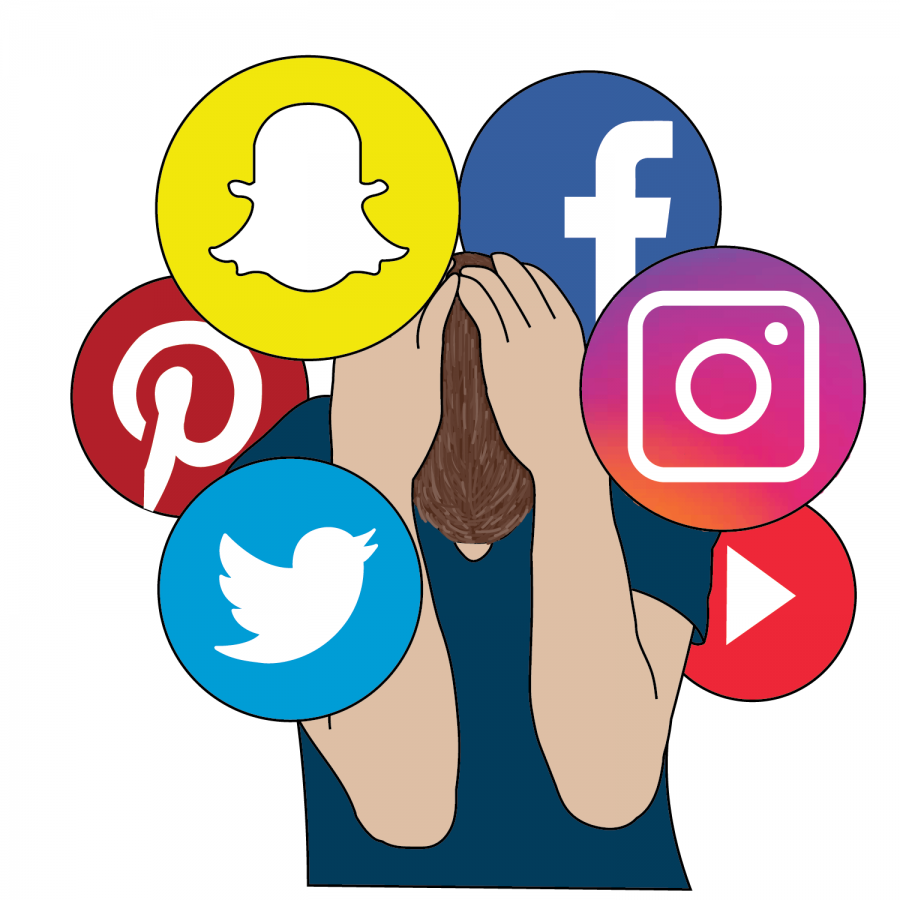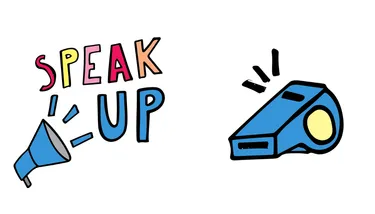Bridget Ward
bw085717@ohio.edu
With the booming age of technology and social media leading this generation in a number of positive directions, people are able to earn a living simply off of creating and distributing advertisements for different companies. Similar to a celebrity endorsement, which is an advertising campaign or marking strategy that uses a celebrity's fame or social status to promote a product, everyday people can sign agreements to work with companies and get paid to promote their products on their social media page if they have a good number of followers that the advertisement will reach.
While this job may seem like a great and fun idea and an easy way to make money, companies are running into real problems with the Federal Trade Commission's rules. These people with these decently sized following on their accounts are called "micro-influencers" and they are a new concept, so the rules for creating fair and ethical ads are a little shaky. In Garret Sloane's "Ad Age" article, he includes a quote from Public Citizen's Commercial Alert campaign coordinator, Kristen Strader, where she states that micro-influencers are a new thing and they have realized that and she says that "many posts from micro-influencers do not include disclosures of any kind."
A lot of these influencers are getting too caught up in the idea of creating advertisements for an audience of people and then getting paid for it, and they forget to give credit where it is due. Just as in normal journalism reporting and advertising, we must be honest and transparent when reporting the information that we have collected because the story is going to be published to a wide audience and we have to make sure that we account for the public in what they want to see. We must report accurately in order to have good consumer loyalty.
As it is stated in the SPJ Code of Ethics site, if journalists choose to act independently, they must "avoid conflicts of interest, real or perceived and disclose unavoidable conflicts." With that being said, reporters must also be accountable and transparent to the stories they are reporting about. Being accountable is very important because it means you are an ethical and trustworthy reporter and the general public will trust and be loyal to your news station because of your honesty and professional news reporting.
 |
| Picture source: Ad Age |
The FTC Act prohibits unfair advertising in any medium, so advertising must tell the truth and not mislead consumers. Sloane's article basically talks about how advertising produced by micro-influencers is unethical because it does not follow rules that it should be following. In his article, he states that "Advocacy groups led by Public Citizen on Wednesday wrote U.S. regulators to express concern over Instagram posts that hawk products but don't wear labels such as '#ad' or '#paid.'
Sloane also discussed how the companies called people out for this, as they should, because people cannot take advantage of something that they are getting paid for. Not only is it important to promote the fact that you are doing advertisements, but it is also the ethical thing to do when partaking in paid advertising and is a rule that is stated by the FTC. If a micro-influencer fails to abide by the FTC rules when advertising, then they risk suspension from Influenster. The article states that they have suspended people before, further showing that this is a real issue that the FTC has dealt with before.
The issue of giving advertising credit where it is due was discussed by the FTC in an article in 2017. This article called FTC Staff Reminds Influencers and Brands to Clearly Disclose Relationship states that "after reviewing numerous Instagram posts by celebrities, athletes, and other influencers, Federal Trade Commission staff recently sent out more than 90 letters reminding influencers and marketers that influencers should clearly and conspicuously disclose their relationships to brands when promoting or endorsing products through social media."
The same article further discusses how these micro-influencers are not doing part of their job and how they need to be called out for it or they should stop producing ads. This is a serious issue that seems to be on the rise because as more people find success through social media, more people will be drawn to this sort of work. Therefore, everyone that chooses to dabble in this sort of work must abide by the written rules or they should not engage in this at all if they choose not to disclose that they are working with a company and getting paid to produce an advertisement.
:quality(75)/cloudfront-us-east-1.images.arcpublishing.com/elcomercio/E4SCSTP2XJBXPCPPIO4PTZZRNA.jpg)
















